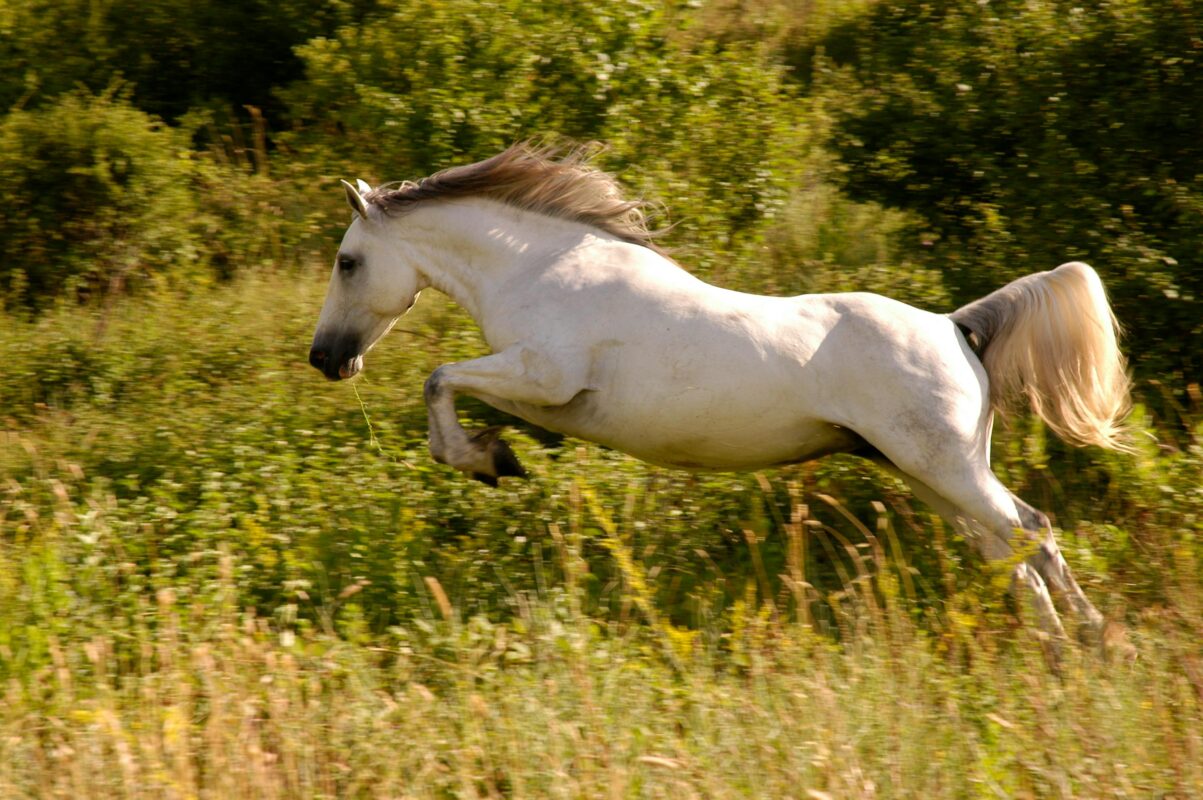Introduction
Camels are some of the most resilient and unique animals on the planet. Known as the “ships of the desert,” they have evolved to survive in extreme conditions. From their incredible water-storing abilities to their historical significance in human civilization, camels continue to amaze scientists and animal lovers alike. In this article, we explore 50 fascinating facts about camels that will leave you in awe.
50 Incredible Facts About Camels
General Facts About Camels
- Camels belong to the family Camelidae, which also includes llamas, alpacas, guanacos, and vicuñas.
- There are two main species of camels: the dromedary camel (one-humped) and the Bactrian camel (two-humped).
- Camels are native to the Middle East, North Africa, and Central Asia.
- Despite their association with hot deserts, camels can also survive in cold climates like Mongolia.
- The name “camel” comes from the Arabic word jamal, which means “beauty.”
Adaptations for Survival
- Camels can survive without drinking water for up to two weeks.
- They store fat—not water—in their humps, which provides them with energy when food is scarce.
- Their thick lips allow them to eat thorny desert plants without injury.
- Camels can drink up to 40 gallons (150 liters) of water in one sitting.
- They have specialized kidneys that reduce water loss and concentrate urine.
Physical Features
- Camels have three sets of eyelids and two rows of eyelashes to protect their eyes from sandstorms.
- Their nostrils can be completely closed to prevent sand from entering.
- Camels’ large, padded feet prevent them from sinking into the sand.
- They can change their body temperature to reduce sweating, helping them conserve water.
- Camel fur reflects sunlight, keeping them cool in extreme heat.
Behavior and Social Structure
- Camels are highly social animals and often live in herds.
- They communicate using a variety of vocalizations, including grunts, moans, and roars.
- When threatened or annoyed, camels are known to spit a foul-smelling liquid.
- Baby camels, called calves, can walk within 30 minutes of being born.
- Mother camels are very protective and have a strong bond with their young.
Camels and Humans
- Camels have been domesticated for over 3,000 years.
- They have played a crucial role in desert trade and transportation, especially along the Silk Road.
- Some camels are trained for racing, particularly in the Middle East.
- In some cultures, camels are used for milk, meat, and leather production.
- Camel milk is highly nutritious and contains more vitamin C and iron than cow’s milk.
Interesting Camel Abilities
- Camels can travel up to 100 miles (160 km) without needing water.
- They can run at speeds of up to 40 mph (65 km/h) in short bursts.
- Unlike horses, camels move both legs on one side of their body at the same time, a movement called pacing.
- They can carry up to 600 pounds (270 kg) of cargo for long distances.
- Some camels can recognize human voices and form strong bonds with their handlers.
Camels Around the World
- Australia has over 1 million wild camels, descendants of those brought by explorers.
- In some parts of Africa, camels are used for plowing fields and agricultural work.
- In Saudi Arabia, camel beauty contests offer prizes worth millions of dollars.
- Bactrian camels are critically endangered, with fewer than 1,000 remaining in the wild.
- The United Arab Emirates hosts annual camel racing events, attracting global audiences.
Surprising Camel Myths and Truths
- Myth: Camels store water in their humps. Truth: Their humps store fat, not water.
- Myth: Camels never get thirsty. Truth: They can go long periods without water, but they still need to drink.
- Myth: Camels are slow and lazy. Truth: They are strong, fast, and capable of long journeys.
- Myth: All camels have humps. Truth: Baby camels are born without humps.
- Myth: Camels only live in the desert. Truth: They are found in cold, mountainous regions too.
Cultural and Religious Significance
- Camels are mentioned multiple times in the Quran and the Bible.
- The Prophet Muhammad’s camel, Qaswa, played an important role in Islamic history.
- In some African cultures, camels are considered a sign of wealth and status.
- In Hindu mythology, camels are associated with prosperity and endurance.
- Bedouin tribes have composed poetry and songs dedicated to their camels.
Fascinating Camel Facts
- A camel’s heart beats at a slower rate when they are dehydrated, helping them survive longer.
- Camel footprints leave almost no trace on desert sand.
- Some camels have been trained to work as therapy animals for humans.
- Camels can swim and have been seen crossing rivers in some regions.
- The camel genome has been mapped, providing insights into their incredible adaptability.
Conclusion
Camels are truly extraordinary animals with remarkable adaptations that allow them to thrive in extreme environments. Whether it’s their ability to go without water, their historical significance in human civilization, or their unique biology, camels continue to be a subject of fascination and admiration.
If you enjoyed learning about these amazing creatures, share this article and spread the knowledge!







































